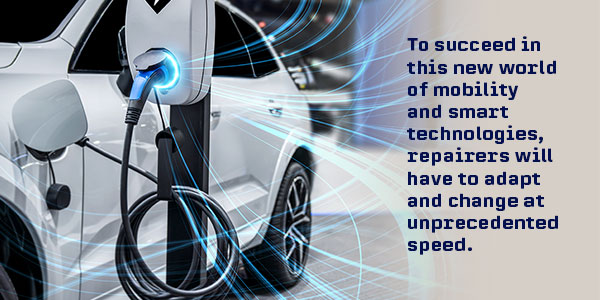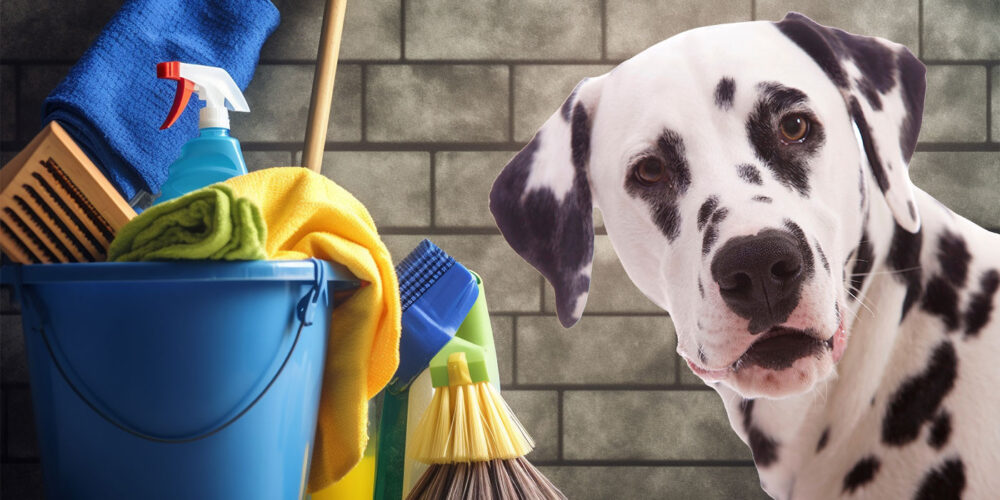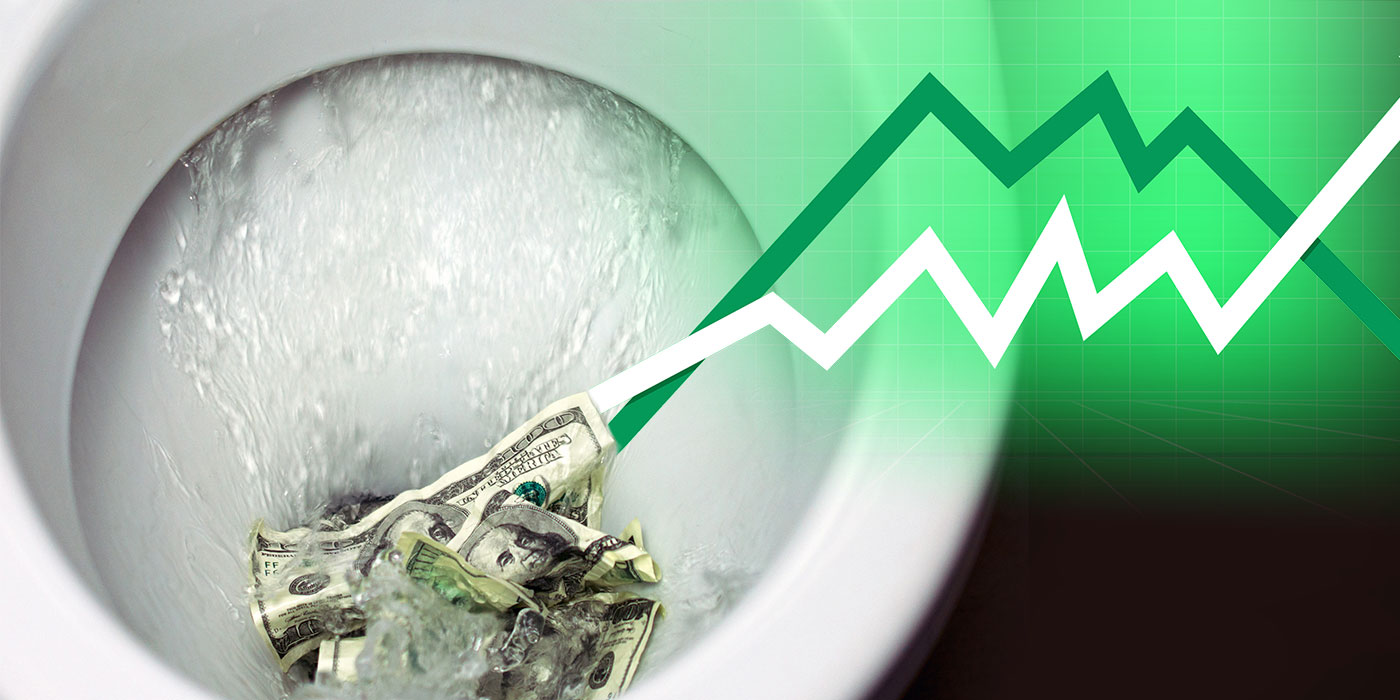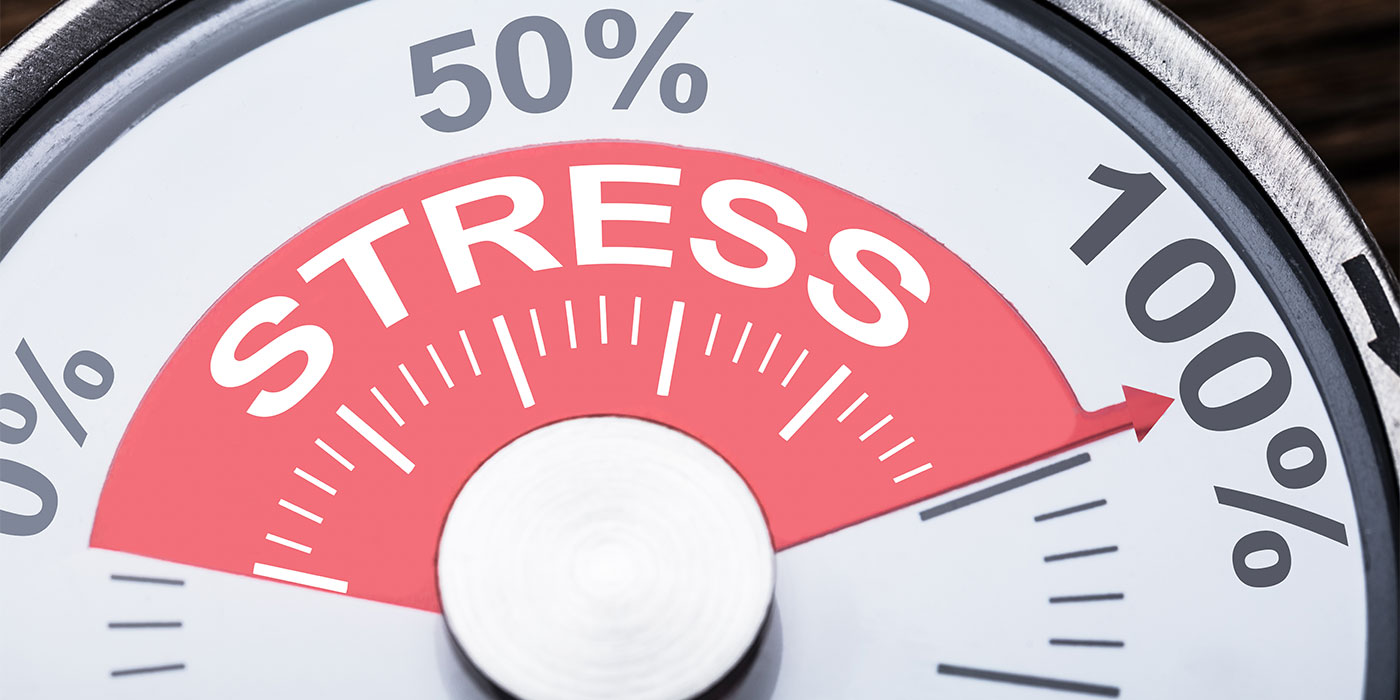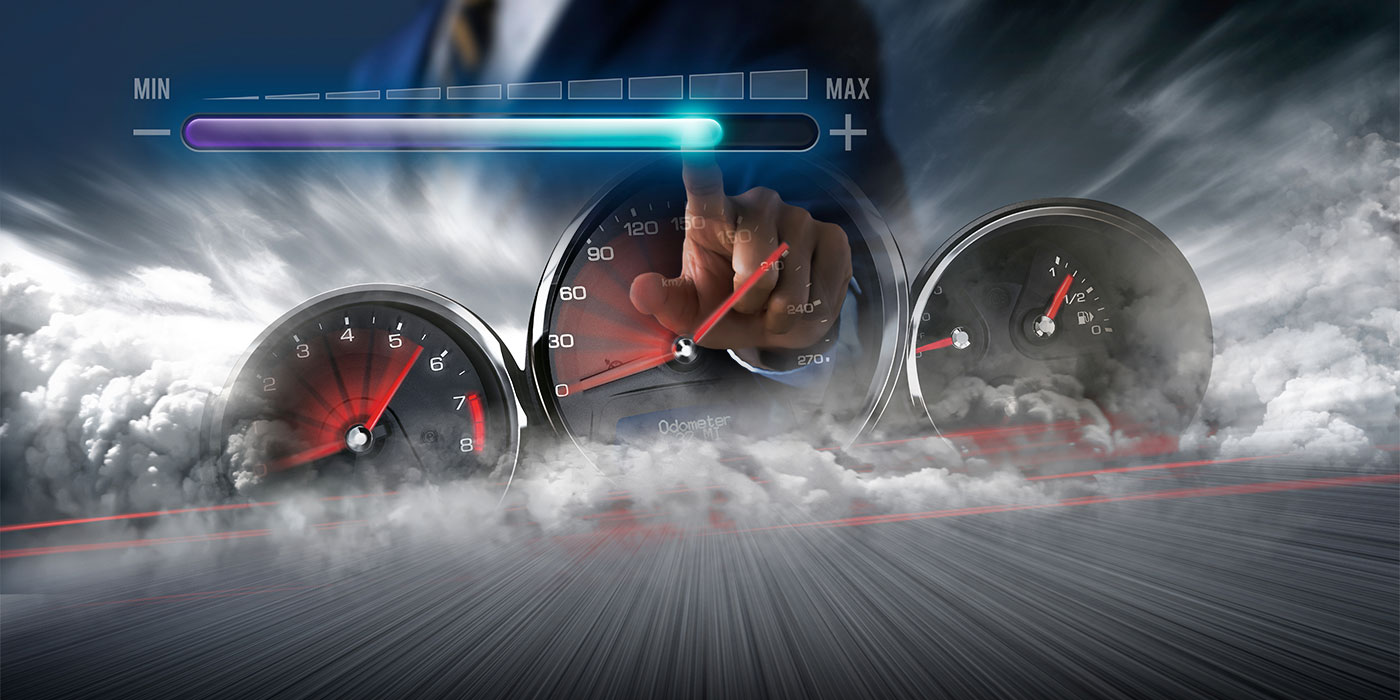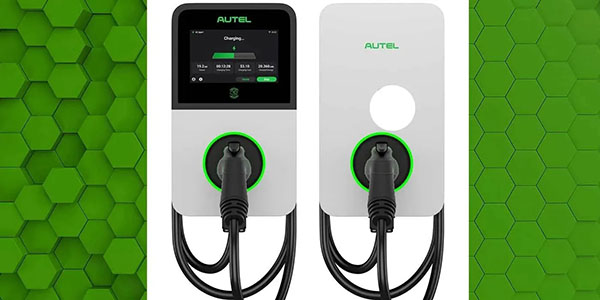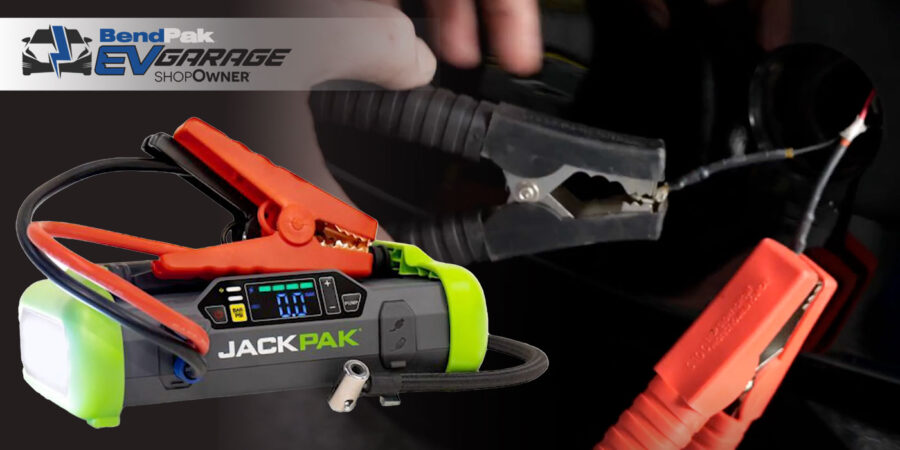A shop owner recently asked me what I thought the future might look like for the collision repair industry. I appreciated the question, as it told me that this person wants to be proactive and plan ahead for his business. This is not only wise but essential, due to the ever-changing landscape of the collision repair industry — especially over the past decade.
I have several clients who have not only accepted the possibility of potential changes but grasped the opportunity to prepare to meet those changes. These shops are having substantial success and earning profits that they and many others never thought possible.
With all of the new-age technologies featuring artificial intelligence (AI) affecting nearly every aspect of our lives, we would be foolish to think that major advances in the collision repair industry will not affect us and even more foolish not to prepare for them.
So, let’s gaze into the crystal ball to see what might throw us for a loop in the next 10 years or so.
Onboard Communication Systems
Most of us have been aware of the GM OnStar system over the past 25 years and how it, when activated, can interact verbally with the occupants of equipped GM vehicles, offering a host of services at various package levels. It also offers such services as turn-by-turn directions to destinations; helps in the event of a crash, breakdown or emergency; and tracks, locates and assists in the recovery of lost or stolen vehicles equipped with the system.
It was recently announced that GM is now offering OnStar insurance at select locations and will be rolling it out across the nation in the coming year. The insurance is being made available for all makes; however, certain discounts are available if the vehicle has an activated onboard OnStar safety and security system. I anticipate that, in the future, other systems and insurance products like OnStar (referred to as on-board communication systems or OBCS) will be sold at the point-of-sale at authorized new and used car dealerships.
Let’s say an OnStar-equipped vehicle goes off the road and strikes a tree. OnStar Member Services immediately begins speaking with the driver, saying: “I see you’ve had a collision event in your vehicle and it has been rendered inoperable. Are you alone or do you have passengers? Are other vehicles involved? Is anyone injured and in need of immediate medical attention?”
In the not-too-distant future, I anticipate that most if not all automakers will offer similar OBCS services and their own insurance products, whether it’s their own or another company’s. The crash scenario we just went through will be the same except for this additional dialogue:
“We have dispatched a towing and recovery service, which will arrange the transfer of your vehicle to an OEM-certified repair facility. As you’re likely aware, you’re insured with XYZ Insurance, which will arrange the repair or replacement of your vehicle at the earliest opportunity. Are you towing a trailer? Do you have cargo in or on your vehicle? It shows you have rental coverage in your policy; we’ll assist you in arranging a rental vehicle, delivered to your desired location within the next 45 minutes, which should be within the time needed to deal with the authorities who have been notified and are now en route. Based on the information gathered, it shows that your speed was 44.8 miles per hour in a 55-mile-per-hour speed zone, and your vehicle began sliding 63 yards prior to departure from your lane of travel and, with full braking, slid 21 yards off the roadway before the collision with the front of your vehicle. You’ve provided [name of OBCS] your permission to make these arrangements for you when signing your insurance contract, and it is our privilege to serve you in these regards. Do you have any questions?”
While this scenario is entirely fictional, you get the idea of how AI will play a significant role in the future and how auto insurance, sold at the point-of-sale, will have a dramatic effect on those repairers who are not original equipment (OE)-certified.
It is likely that this will become standard for all manufacturers in their efforts to offer the best and most advanced services — and thus gain market share. Participation in such programs may become required for consumers as part of owning the vehicle and/or the insurance policy contract. Some will offer discounts as an incentive, which most vehicle owners will gladly accept. This will allow the original equipment manufacturer (OEM) to have greater control over the repair process to ensure a proper repair is performed and that function, performance, appearance and confidence is retained, thus ensuring that the vehicle owner will keep purchasing vehicles from it.
As you can see, similar to direct repair program (DRP) relationships, post-sale OEM involvement may be much more effective at channeling (steering) potential customers to the authorized dealer or independent (non-affiliated) repairers who have achieved manufacturer certifications. Of course, the selected repairer will likely concede to mandated discounts and concessions to acquire and retain these direct referrals.
Electric Vehicles
As we know, electric vehicles (EVs) are here, and their numbers will continue to increase in the near future. The U.S. government expects all auto manufacturers to offer EVs to the general marketplace by 2025. In 10 years, government fuel standards are set to double from their current level, which means that automobiles will have to average 54.5 miles per gallon. This is going to force vehicles to become smaller and lighter with more energy-efficient engines. Electric vehicles will become more common, and new manufacturers will pop up to meet the demand, including Rivian, Lucid, Fisker and others.
Additionally, the European Union has mandated that all vehicles sold will have at least 10 basic AI safety systems, such as lane keeping/departure warnings, collision avoidance systems (auto-braking), blind spot detection, event recording, fatigue attention, reverse detection seatbelt notification, intelligent speed assistant/adaptive cruise control, etc.
Ask yourself if your shop is prepared to take on the repair of an EV. Do you possess the necessary accommodations to even recharge an EV? Is your shop equipped and trained to handle the repair of an EV and take the necessary safety procedures/precautions called for with high voltage?
Tidal Wave of Change
The automotive industry is set for a tidal wave of change in technology, marketing and more. And it is not in some far distant future — it is now.
The future of the traditional automotive industry is in question. Urbanization, changing consumer expectations and emerging digital technologies are driving a wave of disruptive innovation.
To succeed in this new world of mobility and smart technologies, repairers will have to adapt and change at unprecedented speed. Existing businesses will require new cultures, equipment and practices; companies will have to think like a start-up, tap into new talent and engage the digital consumer. Those who can adapt and overcome will prevail and be able to take full advantage of commercial opportunities, profitability and success.
These are times of excitement and trepidation for the automotive repair industry, as a wealth of technology continues to be introduced. But technology is not the only area in the automotive world that will see significant changes in the coming years; business marketing will continue to change too. We’ll discuss how these changes can affect one’s business in a future article.



